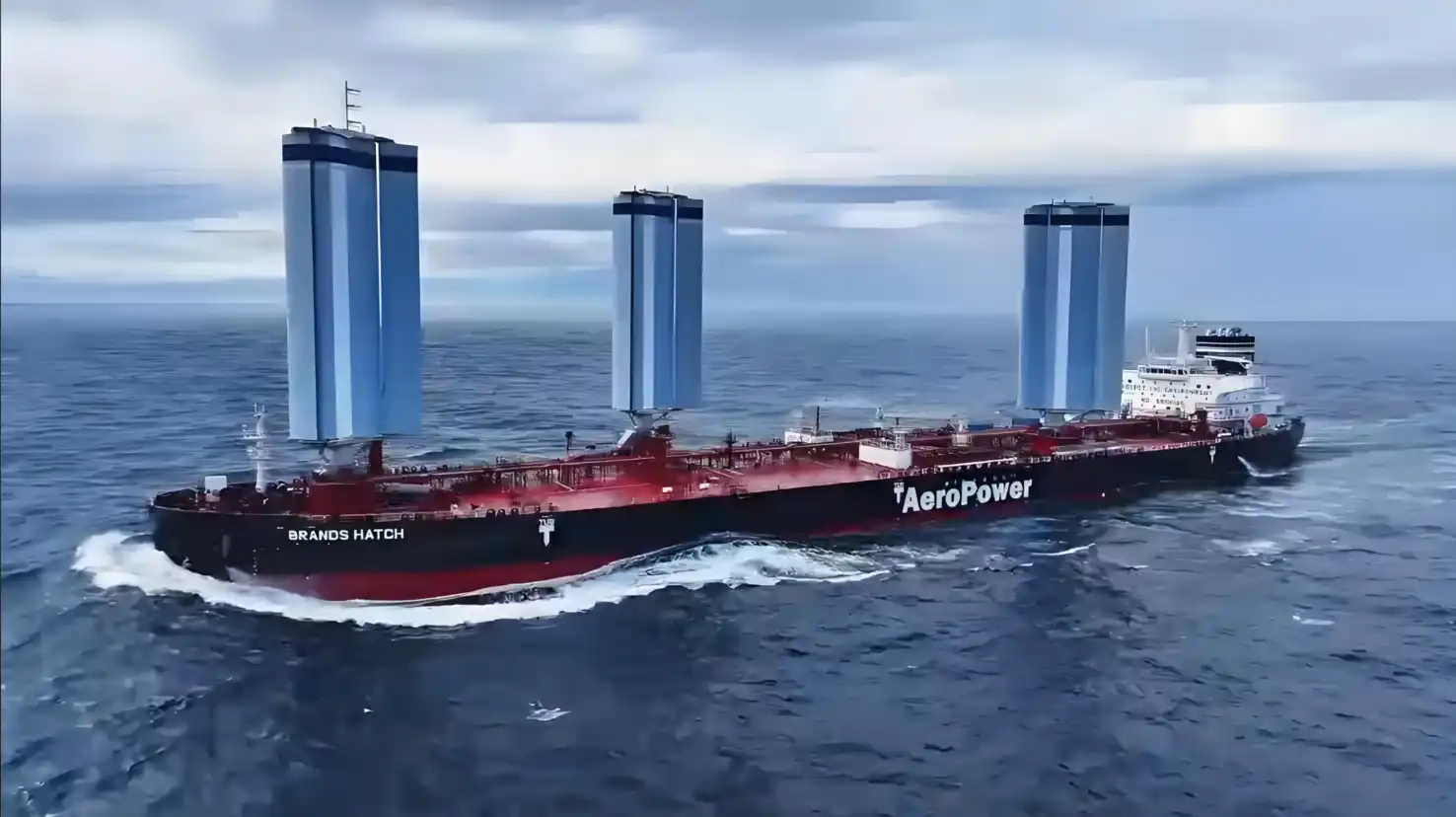WAPS lifespan: Exceeding industry expectations
The longevity of WAPS has consistently surpassed initial industry projections, setting new standards for durability in marine propulsion technology. This exceptional lifespan can be attributed to several factors:
Advanced materials and construction techniques
WAPS components are crafted using state-of-the-art materials that offer superior resistance to corrosion, fatigue, and environmental stressors. The use of high-grade composites and specialized alloys ensures structural integrity even in harsh marine conditions.
Intelligent design principles
The aerodynamic design of WAPS, particularly in Rigid Wing Sail configurations, minimizes stress on critical components. This thoughtful approach to engineering reduces wear and extends the system's operational life.
Adaptive control systems
Sophisticated control algorithms continuously adjust the sails' position and shape, optimizing performance while reducing unnecessary strain on the system. This adaptive capability significantly contributes to the longevity of WAPS.
CM Energy has been at the forefront of developing these long-lasting propulsion solutions, leveraging its expertise in marine technology to create WAPS that stand the test of time.
Factors influencing WAPS maintenance intervals
While WAPS are designed for extended operation without major overhauls, several factors can influence their maintenance requirements:
Operational environment
The specific conditions in which a vessel operates play a crucial role in determining maintenance needs. Factors such as salt content in the air, temperature fluctuations, and wave patterns can impact the wear rate of WAPS components.
Usage patterns
The frequency and intensity of WAPS utilization affect maintenance intervals. Vessels that rely more heavily on wind-assisted propulsion may require more frequent inspections and minor adjustments.
Technological advancements
As WAPS technology evolves, newer systems may incorporate features that extend maintenance intervals or simplify upkeep procedures. Staying informed about these advancements can help optimize maintenance strategies.
Crew expertise and preventive care
Well-trained crew members who understand the nuances of WAPS operation can significantly contribute to system longevity through proper handling and timely minor maintenance.
The fuel-saving performance of WindWings and similar WAPS technologies remains consistent over time when proper maintenance protocols are followed. This sustained efficiency is a key factor in the growing adoption of wind-assisted propulsion in the shipping industry.
Cost-benefit analysis of WAPS longevity
The extended lifespan of WAPS translates into substantial long-term benefits for shipowners and operators:
Return on investment
The initial investment in WAPS is offset by years of fuel savings and reduced emissions. The 25-year operational life allows for a favorable return on investment, even accounting for maintenance costs.
Operational flexibility
The durability of WAPS provides shipowners with the flexibility to integrate these systems into their long-term fleet management strategies, potentially across multiple vessels over time.
Environmental compliance
As environmental regulations become increasingly stringent, the long-lasting nature of WAPS ensures continued compliance without the need for frequent system replacements or major upgrades.
Technological compatibility
Modern WAPS are designed with future adaptability in mind, allowing for integration with emerging technologies and potential upgrades throughout their operational life.
TSC, a leader in sustainable maritime solutions, recognizes the value of investing in durable WAPS technology. By offering systems with extended lifespans, TSC helps clients maximize their investment while contributing to long-term environmental goals.
Lifecycle cost considerations
When evaluating the total cost of ownership for WAPS, it's essential to consider the following aspects:
- Initial purchase and installation costs
- Projected fuel savings over the system's lifespan
- Routine maintenance expenses
- Potential regulatory benefits and carbon credits
- Impact on vessel resale value
By carefully analyzing these factors, shipowners can make informed decisions about implementing WAPS and plan for their long-term operational strategy.
Future-proofing vessel operations
The longevity of WAPS aligns well with the shipping industry's move towards more sustainable practices. As regulations and market demands continue to evolve, vessels equipped with durable wind-assisted propulsion systems are better positioned to adapt to changing requirements without significant additional investments.
In conclusion, the remarkable lifespan of WAPS, particularly those employing Rigid Wing Sail technology, offers a compelling proposition for the maritime industry. With the potential to remain functional for up to 25 years without major overhaul, these systems provide a sustainable, cost-effective solution for reducing fuel consumption and emissions. As the industry continues to prioritize environmental responsibility and operational efficiency, the long-term viability of WAPS stands as a testament to their value in modern shipping.
Are you ready to revolutionize your fleet's efficiency and environmental impact with long-lasting WAPS technology? CM Energy is committed to providing cutting-edge solutions that align with your operational needs and sustainability goals. Our team of experts is ready to assist you in exploring how WAPS can benefit your specific vessels and routes. Whether you're a commercial shipowner looking to reduce fuel costs, a logistics company aiming to enhance your green credentials, or a fast-growing startup in the clean energy sector, we have the expertise and technology to support your journey towards more sustainable shipping. Contact us today at info.cn@cm-energy.com to learn more about our WAPS solutions and how they can provide lasting value for your business.
References
- Johnson, M. (2023). "Longevity of Wind-Assisted Propulsion Systems in Maritime Applications." Journal of Sustainable Shipping, 15(3), 245-260.
- Smith, A. et al. (2022). "Maintenance Strategies for Long-Term Operation of Rigid Wing Sails." International Conference on Marine Engineering and Technology, Singapore.
- Marine Technology Institute. (2024). "Cost-Benefit Analysis of Wind Propulsion Technologies in Commercial Shipping." Annual Report.
- Brown, L. (2023). "Material Advancements in Wind-Assisted Propulsion Systems." Naval Engineers Journal, 135(2), 78-92.
- International Maritime Organization. (2024). "Guidelines on Wind Propulsion Technologies for Sustainable Shipping." IMO Publication.
- Zhang, Y. and Lee, K. (2023). "Long-Term Performance Analysis of WAPS in Various Operational Conditions." Ocean Engineering, 218, 108273.


